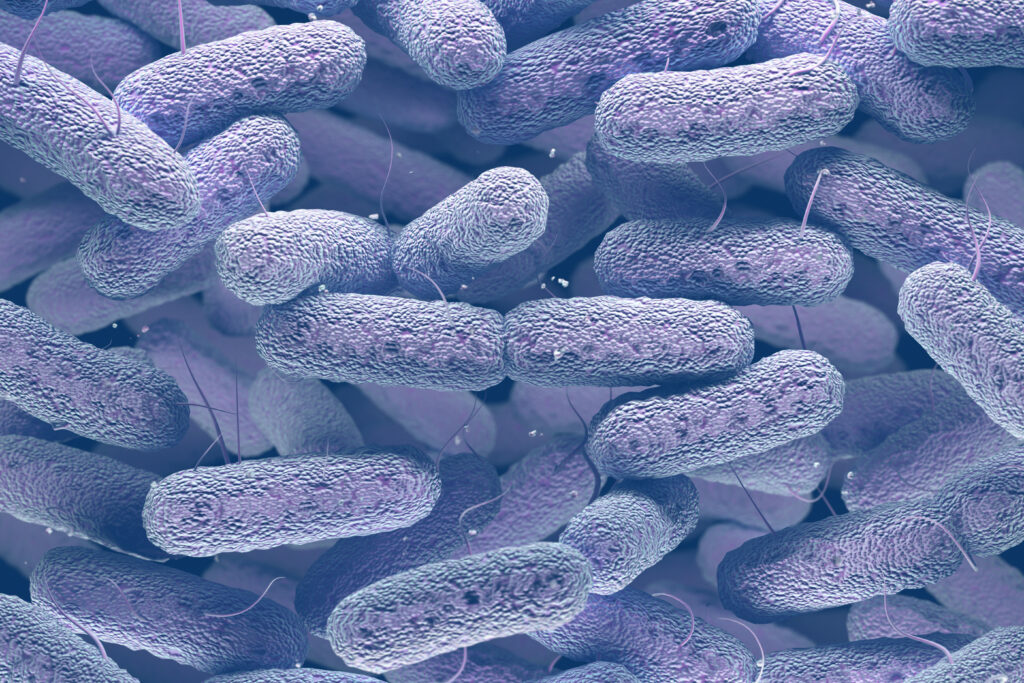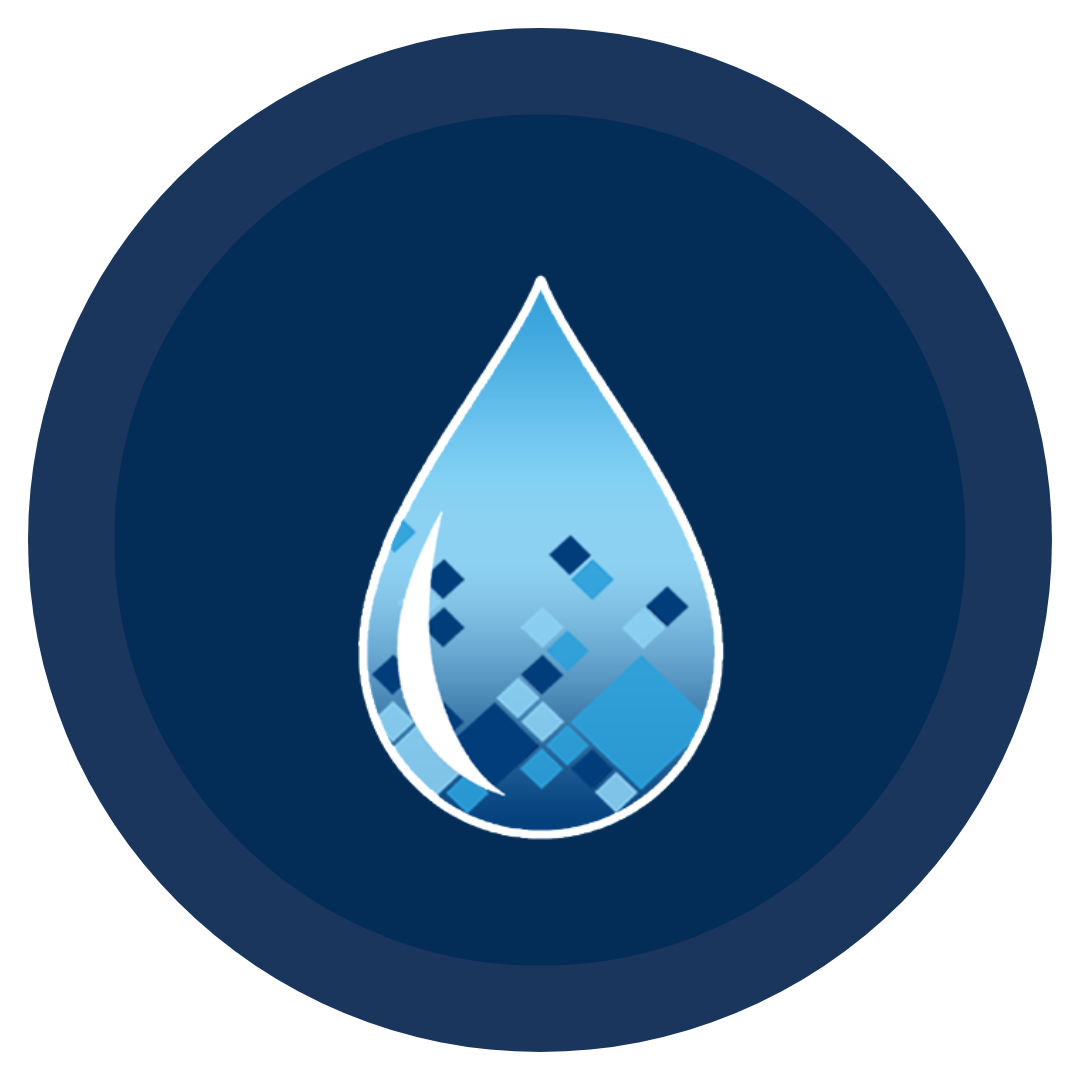Legionella bacteria can pose significant risks, particularly when it comes to water systems. Understanding the regulations set forth by OSHA regarding Legionella is crucial for maintaining safe environments. In this blog, we’ll delve into the OSHA standards for Legionella, including acceptable levels and testing methods.
- Learn more about Legionella servicing.
- Discover acceptable levels of Legionella in water.
What are the OSHA Standards for Legionella?
Currently, there is no specific OSHA standard addressing Legionellosis. However, under Section 5(a)(1) of the Occupational Safety and Health (OSH) Act of 1970, often referred to as the “General Duty Clause,” employers are obligated to provide a workplace free from recognized hazards that could cause death or serious physical harm to workers. This means that OSHA can enforce the General Duty Clause in situations where there’s a recognized, serious hazard without a specific OSHA standard, such as occupational exposure to Legionella in water systems. Therefore, employers must understand the hazards associated with water sources in the workplace and take necessary measures to prevent the growth of Legionella bacteria to ensure worker safety.
By staying informed about OSHA’s guidelines regarding Legionella action levels and CFU limits, businesses can implement effective control measures to mitigate exposure risks and protect the health and well-being of their employees.
What is the Acceptable Count for Legionella?
The acceptable count for Legionella in water systems is a critical aspect of ensuring safety and preventing the risk of Legionnaires’ disease. However, defining a universally acceptable count for Legionella is challenging due to various factors, including the type of water system, its intended use, and specific regulations or guidelines that may apply.
The unit of measure for Legionella levels in water samples is typically expressed as colony-forming units (CFU) per volume of water. CFU represents the number of viable Legionella bacteria capable of forming colonies under specific laboratory conditions. This unit allows for quantifying the concentration of Legionella in a given volume of water, providing valuable information for assessing the risk of Legionnaires’ disease transmission and determining the effectiveness of control measures.
In general, acceptable counts for Legionella are often determined based on risk assessments conducted by regulatory agencies or industry standards organizations. These assessments consider factors such as the potential for aerosolization of water droplets, the susceptibility of individuals in the vicinity, and the effectiveness of control measures in place.
For example, in certain healthcare settings or facilities with vulnerable populations, stricter limits on Legionella counts may be enforced to minimize the risk of transmission and outbreak. On the other hand, in non-healthcare settings where the risk of exposure is lower, acceptable counts may be relatively higher.
It’s essential for organizations to consult relevant guidelines or regulations specific to their industry or jurisdiction to determine acceptable Legionella counts for their water systems. Additionally, regular monitoring and testing of water samples for Legionella levels are essential to ensure compliance with established standards and mitigate potential health risks.
What is the “Danger Zone” for Legionella?
The “danger zone” for Legionella refers to the range of Legionella bacteria levels in water systems where there is an increased risk of transmission and potential health hazards to individuals exposed to the contaminated water. This danger zone typically encompasses Legionella concentrations or CFU limits that exceed established thresholds or limits set by regulatory agencies or industry standards.
The specific danger zone for Legionella can vary depending on several factors, including the type of water system, its usage, and the susceptibility of individuals exposed to the contaminated water. Generally, higher levels of Legionella bacteria increase the likelihood of aerosolization, which can lead to the inhalation of contaminated droplets and subsequent infection, particularly in susceptible populations.
To mitigate risks associated with Legionella exposure, regulatory agencies such as OSHA and the CDC often establish action levels or guidelines for Legionella concentrations in water systems. These action levels serve as thresholds for implementing control measures, such as disinfection and remediation, to reduce the risk of Legionnaires’ disease transmission.
Employers and facility managers should be aware of the danger zone for Legionella in their water systems and implement appropriate monitoring and control measures to maintain Legionella levels within acceptable limits. Regular testing of water samples, proper maintenance of water systems, and adherence to established guidelines are essential for preventing outbreaks and ensuring the safety of individuals in the vicinity of contaminated water sources.
How to test for Legionella in Water
Testing for Legionella in water involves several methods to accurately assess the presence and concentration of Legionella bacteria in a water system. Here’s a step-by-step guide on how Legionella testing methods:
- Select Sampling Points: These may include areas such as cooling towers, hot water tanks, showers, faucets, and other fixtures where water is aerosolized or dispersed.
- Collect Water Samples: Using a Legionella testing kit, follow instructions for proper sampling procedures to collect water samples from the identified sampling points. It’s essential to collect samples representative of the water system and to avoid cross-contamination during sampling.
- Transport Samples: Ensure proper handling and transportation of water samples to the laboratory for analysis. Samples should be transported in sealed, leak-proof containers and maintained at appropriate temperatures to preserve sample integrity.
- Laboratory Analysis: Various methods may be used for analysis, including culture-based methods, and polymerase chain reaction (PCR). Culture-based methods involve incubating water samples on selective media to culture and enumerate Legionella bacteria. PCR and immunological assays detect specific Legionella DNA or antigens, respectively, in water samples.
- Interpret Results: Interpret test results based on the method used for analysis and compare the detected Legionella levels with established guidelines or action levels. Results may be reported as colony-forming units (CFU) per unit volume of water. High levels of Legionella indicate potential health risks and may require immediate action to mitigate exposure.
- Implement Control Measures: If elevated levels of Legionella are detected, take prompt action to implement control measures to reduce bacterial growth and prevent transmission. This may include disinfection of water systems, flushing of pipes, adjustment of water temperatures, and other remediation strategies.
- Regular Monitoring: Establish a routine schedule for monitoring Legionella levels in water systems to ensure ongoing compliance with regulatory requirements and to detect any potential issues early. Regular monitoring allows for timely intervention and maintenance of water system safety.
By following these steps and utilizing appropriate testing methods, organizations can effectively assess and manage the risk of Legionella contamination in water systems, thereby protecting the health and safety of individuals exposed to the water.
Navigating Legionella Compliance: Partnering with IWC Innovations for Safe Water Systems
Comprehending the OSHA standards for Legionella takes center stage, especially for businesses relying on water systems where Legionella bacteria can pose a serious threat. Although no specific OSHA standard directly addresses Legionellosis, our team at IWC Innovations is here to help you navigate these regulatory waters with confidence. We specialize in providing tailored solutions to prevent Legionella growth and maintain a safe environment for your employees.
Moreover, identifying acceptable counts and understanding the danger zone for Legionella in your water systems is key to effective risk management. Through our expertise and innovative approaches, we can assist you in implementing regular monitoring and testing protocols, alongside proactive maintenance strategies, to keep Legionella risks at bay.
By partnering with IWC Innovations, you gain access to comprehensive testing procedures and cutting-edge control measures, empowering your organization to mitigate Legionella contamination effectively. Let us be your trusted ally in safeguarding the health and well-being of your workforce while ensuring compliance with regulatory standards.
With IWC Innovations by your side, you can navigate the complexities of Legionella management with ease, protecting your business and fostering a safe working environment for all. Reach out to us today to discover how we can tailor our services to meet your unique needs and keep your water systems safe from Legionella risks.




